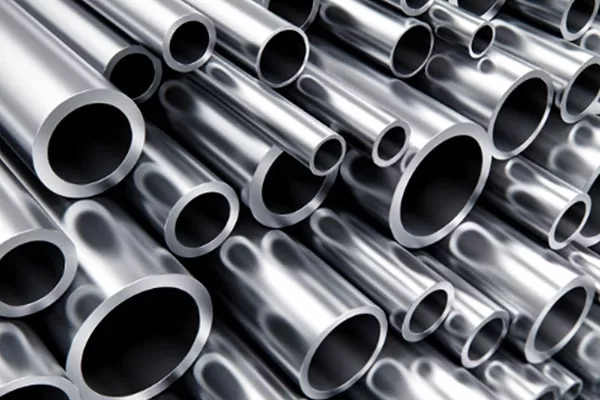There are a wide variety of reasons why you should choose aluminum extrusion for your project, aluminum is a relatively low-cost material and highly versatile. Its excellent strength-to-weight ratio and non-corrosive properties make it one of the best raw materials at the disposal of manufacturers.
One of the key features of aluminum extrusion is the fact that the material used is environmentally friendly and accepts high-performance coatings. Once you’ve decided to design your custom aluminum extrusions, there are some important choices you need to make. One such choice is which finishing option to choose.

Seamless aluminium tubes
2 key reasons why you should seriously consider finishing services on your aluminum extrusion
Finishing enhances corrosion resistance
Aluminum has a naturally occurring oxide film that provides all-around protection against corrosion. This oxide film makes it suitable to be used in a wide variety of applications, in extreme and adverse conditions; it also provides additional protection ensuring your part and product remain brand new.
Improving the appearance of your aluminum extrusion material
Depending on the look that you want to achieve, you will need to choose the best finishing technique that will be compatible with your project. Maybe for your project, you may want something bright and colorful.
You may want either a mirror or transparent finish, but depending on the look that you’d like to achieve than the finishing that you decide to go with plays a huge role.
Different types of finishing for extruded aluminum
Mechanical finishes: Aluminum can be sanded, ground, polished, blasted, or buffed. This will not only improve the surface quality but is also key in the preparation of aluminum for cosmetic finishes.
Pretreatment: The aluminum is either cleaned or etched with acidic or alkaline materials. The next process is the application of pretreatment coating. This coating enhances powder or paint adhesion and enhances robust resistance against corrosion.
Bright Dipping: An extrusion can be either bright dipped which gives the aluminum a colorful and spectacular or “mirror” finish. To achieve this, technicians must insert the profile onto a special dip solution (a combination of hot phosphoric and nitric acids). After bright dipping, profiles can now proceed to be anodized, this thickens the metal’s corrosion-resistant oxide layer.
Anodizing: It’s an electrochemical process that comes with an extra layer of protection aside from the natural oxide film. A durable, porous anodic oxide layer forms on the surface of the aluminum. Anodized aluminum is also compatible with colorful and vibrant colors. With this, any kind or type of aluminum can be anodized.
Liquid Paint: The coating comes in a wide variety of colors; this provides a uniform film thickness. Liquid coatings are mainly volatile organic compounds (VOCs). They are normally removed during the curing or baking process. When the VOCs are completely removed from the volume, solids form a thin film coating on the extrusion layer.
Powder Coating: Powder coatings create a film that conforms to a stringent performance criterion. Additionally, they also do not contain VOCs. This is perfect as it meets all the environmental regulations on VOCs. The product is in turn applied to the solid of the extrusion. While going through the oven process, solid particles fuse to form the film.
There are different types of finishing services that you can choose, using the right technique of finishing services means your extruded part and product will have the right corrosion resistance as well as appearance.
